Isibor Kennedy Ihianle
Bearded Dragon Activity Recognition Pipeline: An AI-Based Approach to Behavioural Monitoring
Jul 23, 2025Abstract:Traditional monitoring of bearded dragon (Pogona Viticeps) behaviour is time-consuming and prone to errors. This project introduces an automated system for real-time video analysis, using You Only Look Once (YOLO) object detection models to identify two key behaviours: basking and hunting. We trained five YOLO variants (v5, v7, v8, v11, v12) on a custom, publicly available dataset of 1200 images, encompassing bearded dragons (600), heating lamps (500), and crickets (100). YOLOv8s was selected as the optimal model due to its superior balance of accuracy (mAP@0.5:0.95 = 0.855) and speed. The system processes video footage by extracting per-frame object coordinates, applying temporal interpolation for continuity, and using rule-based logic to classify specific behaviours. Basking detection proved reliable. However, hunting detection was less accurate, primarily due to weak cricket detection (mAP@0.5 = 0.392). Future improvements will focus on enhancing cricket detection through expanded datasets or specialised small-object detectors. This automated system offers a scalable solution for monitoring reptile behaviour in controlled environments, significantly improving research efficiency and data quality.
ArtBrain: An Explainable end-to-end Toolkit for Classification and Attribution of AI-Generated Art and Style
Dec 02, 2024Abstract:Recently, the quality of artworks generated using Artificial Intelligence (AI) has increased significantly, resulting in growing difficulties in detecting synthetic artworks. However, limited studies have been conducted on identifying the authenticity of synthetic artworks and their source. This paper introduces AI-ArtBench, a dataset featuring 185,015 artistic images across 10 art styles. It includes 125,015 AI-generated images and 60,000 pieces of human-created artwork. This paper also outlines a method to accurately detect AI-generated images and trace them to their source model. This work proposes a novel Convolutional Neural Network model based on the ConvNeXt model called AttentionConvNeXt. AttentionConvNeXt was implemented and trained to differentiate between the source of the artwork and its style with an F1-Score of 0.869. The accuracy of attribution to the generative model reaches 0.999. To combine the scientific contributions arising from this study, a web-based application named ArtBrain was developed to enable both technical and non-technical users to interact with the model. Finally, this study presents the results of an Artistic Turing Test conducted with 50 participants. The findings reveal that humans could identify AI-generated images with an accuracy of approximately 58%, while the model itself achieved a significantly higher accuracy of around 99%.
WeedScout: Real-Time Autonomous blackgrass Classification and Mapping using dedicated hardware
May 12, 2024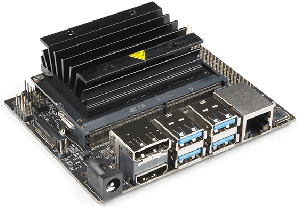
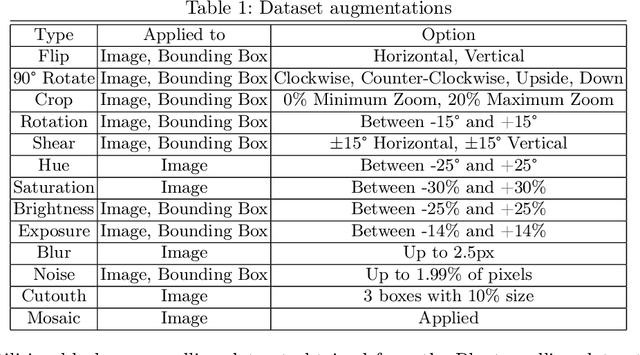
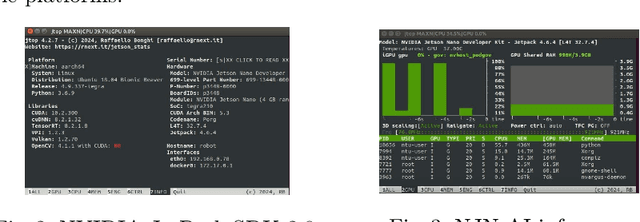
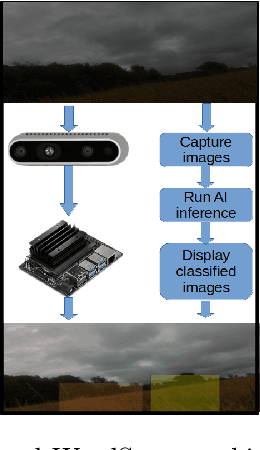
Abstract:Blackgrass (Alopecurus myosuroides) is a competitive weed that has wide-ranging impacts on food security by reducing crop yields and increasing cultivation costs. In addition to the financial burden on agriculture, the application of herbicides as a preventive to blackgrass can negatively affect access to clean water and sanitation. The WeedScout project introduces a Real-Rime Autonomous Black-Grass Classification and Mapping (RT-ABGCM), a cutting-edge solution tailored for real-time detection of blackgrass, for precision weed management practices. Leveraging Artificial Intelligence (AI) algorithms, the system processes live image feeds, infers blackgrass density, and covers two stages of maturation. The research investigates the deployment of You Only Look Once (YOLO) models, specifically the streamlined YOLOv8 and YOLO-NAS, accelerated at the edge with the NVIDIA Jetson Nano (NJN). By optimising inference speed and model performance, the project advances the integration of AI into agricultural practices, offering potential solutions to challenges such as herbicide resistance and environmental impact. Additionally, two datasets and model weights are made available to the research community, facilitating further advancements in weed detection and precision farming technologies.
UDEEP: Edge-based Computer Vision for In-Situ Underwater Crayfish and Plastic Detection
Dec 21, 2023Abstract:Invasive signal crayfish have a detrimental impact on ecosystems. They spread the fungal-type crayfish plague disease (Aphanomyces astaci) that is lethal to the native white clawed crayfish, the only native crayfish species in Britain. Invasive signal crayfish extensively burrow, causing habitat destruction, erosion of river banks and adverse changes in water quality, while also competing with native species for resources and leading to declines in native populations. Moreover, pollution exacerbates the vulnerability of White-clawed crayfish, with their populations declining by over 90% in certain English counties, making them highly susceptible to extinction. To safeguard aquatic ecosystems, it is imperative to address the challenges posed by invasive species and discarded plastics in the United Kingdom's river ecosystem's. The UDEEP platform can play a crucial role in environmental monitoring by performing on-the-fly classification of Signal crayfish and plastic debris while leveraging the efficacy of AI, IoT devices and the power of edge computing (i.e., NJN). By providing accurate data on the presence, spread and abundance of these species, the UDEEP platform can contribute to monitoring efforts and aid in mitigating the spread of invasive species.
Mitigating Adversarial Attacks in Deepfake Detection: An Exploration of Perturbation and AI Techniques
Feb 22, 2023



Abstract:Deep learning is a crucial aspect of machine learning, but it also makes these techniques vulnerable to adversarial examples, which can be seen in a variety of applications. These examples can even be targeted at humans, leading to the creation of false media, such as deepfakes, which are often used to shape public opinion and damage the reputation of public figures. This article will explore the concept of adversarial examples, which are comprised of perturbations added to clean images or videos, and their ability to deceive DL algorithms. The proposed approach achieved a precision value of accuracy of 76.2% on the DFDC dataset.
Dynamic Training of Liquid State Machines
Feb 06, 2023



Abstract:Spiking Neural Networks (SNNs) emerged as a promising solution in the field of Artificial Neural Networks (ANNs), attracting the attention of researchers due to their ability to mimic the human brain and process complex information with remarkable speed and accuracy. This research aimed to optimise the training process of Liquid State Machines (LSMs), a recurrent architecture of SNNs, by identifying the most effective weight range to be assigned in SNN to achieve the least difference between desired and actual output. The experimental results showed that by using spike metrics and a range of weights, the desired output and the actual output of spiking neurons could be effectively optimised, leading to improved performance of SNNs. The results were tested and confirmed using three different weight initialisation approaches, with the best results obtained using the Barabasi-Albert random graph method.
Secure Video Streaming Using Dedicated Hardware
Jan 15, 2023Abstract:Purpose: The purpose of this article is to present a system that enhances the security, efficiency, and reconfigurability of an Internet-of-Things (IoT) system used for surveillance and monitoring. Methods: A Multi-Processor System-On-Chip (MPSoC) composed of Central Processor Unit (CPU) and Field-Programmable Gate Array (FPGA) is proposed for increasing the security and the frame rate of a smart IoT edge device. The private encryption key is safely embedded in the FPGA unit to avoid being exposed in the Random Access Memory (RAM). This allows the edge device to securely store and authenticate the key, protecting the data transmitted from the same Integrated Circuit (IC). Additionally, the edge device can simultaneously publish and route a camera stream using a lightweight communication protocol, achieving a frame rate of 14 frames per Second (fps). The performance of the MPSoC is compared to a NVIDIA Jetson Nano (NJN) and a Raspberry Pi 4 (RPI4) and it is found that the RPI4 is the most cost-effective solution but with lower frame rate, the NJN is the fastest because it can achieve higher frame-rate but it is not secure, and the MPSoC is the optimal solution because it offers a balanced frame rate and it is secure because it never exposes the secure key into the memory. Results: The proposed system successfully addresses the challenges of security, scalability, and efficiency in an IoT system used for surveillance and monitoring. The encryption key is securely stored and authenticated, and the edge device is able to simultaneously publish and route a camera stream feed high-definition images at 14 fps.
Taguchi based Design of Sequential Convolution Neural Network for Classification of Defective Fasteners
Jul 22, 2022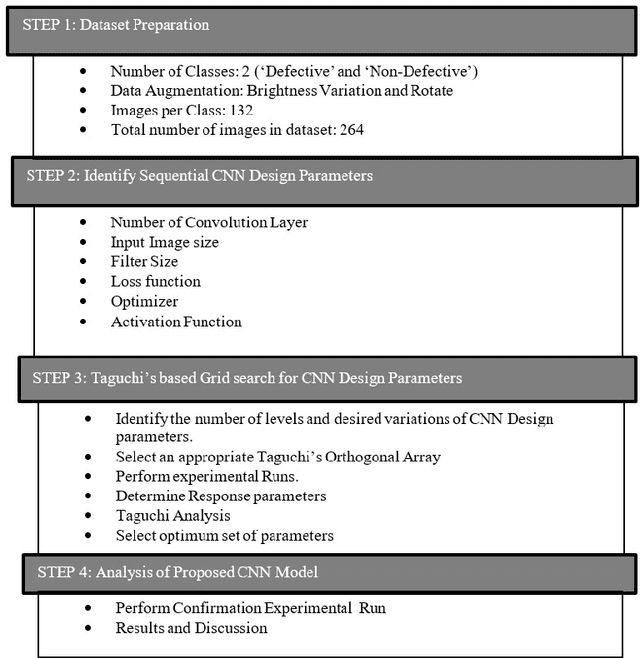
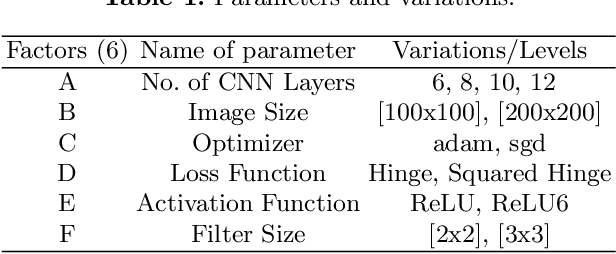
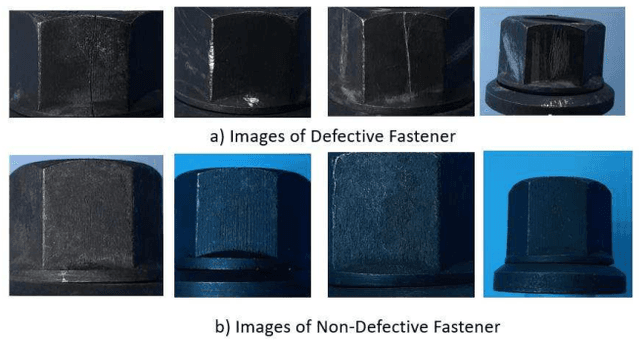
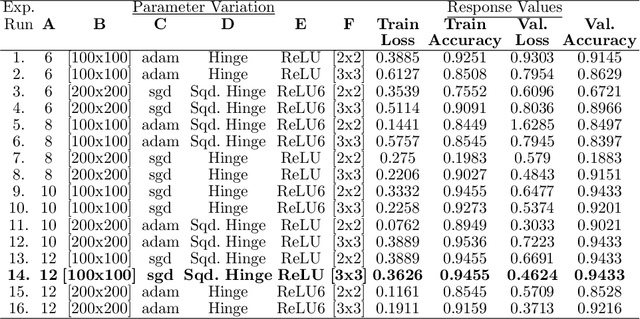
Abstract:Fasteners play a critical role in securing various parts of machinery. Deformations such as dents, cracks, and scratches on the surface of fasteners are caused by material properties and incorrect handling of equipment during production processes. As a result, quality control is required to ensure safe and reliable operations. The existing defect inspection method relies on manual examination, which consumes a significant amount of time, money, and other resources; also, accuracy cannot be guaranteed due to human error. Automatic defect detection systems have proven impactful over the manual inspection technique for defect analysis. However, computational techniques such as convolutional neural networks (CNN) and deep learning-based approaches are evolutionary methods. By carefully selecting the design parameter values, the full potential of CNN can be realised. Using Taguchi-based design of experiments and analysis, an attempt has been made to develop a robust automatic system in this study. The dataset used to train the system has been created manually for M14 size nuts having two labeled classes: Defective and Non-defective. There are a total of 264 images in the dataset. The proposed sequential CNN comes up with a 96.3% validation accuracy, 0.277 validation loss at 0.001 learning rate.
Estimating the Power Consumption of Heterogeneous Devices when performing AI Inference
Jul 13, 2022



Abstract:Modern-day life is driven by electronic devices connected to the internet. The emerging research field of the Internet-of-Things (IoT) has become popular, just as there has been a steady increase in the number of connected devices - now over 50 billion. Since many of these devices are utilised to perform \gls*{cv} tasks, it is essential to understand their power consumption against performance. We report the power consumption profile and analysis of the NVIDIA Jetson Nano board while performing object classification. The authors present an extensive analysis regarding power consumption per frame and the output in frames per second (FPS) using YOLOv5 models. The results show that the YOLOv5n outperforms other YOLOV5 variants in terms of throughput (i.e. 12.34 fps) and low power consumption (i.e. 0.154 mWh/frame).
Real-Time Gesture Recognition with Virtual Glove Markers
Jul 06, 2022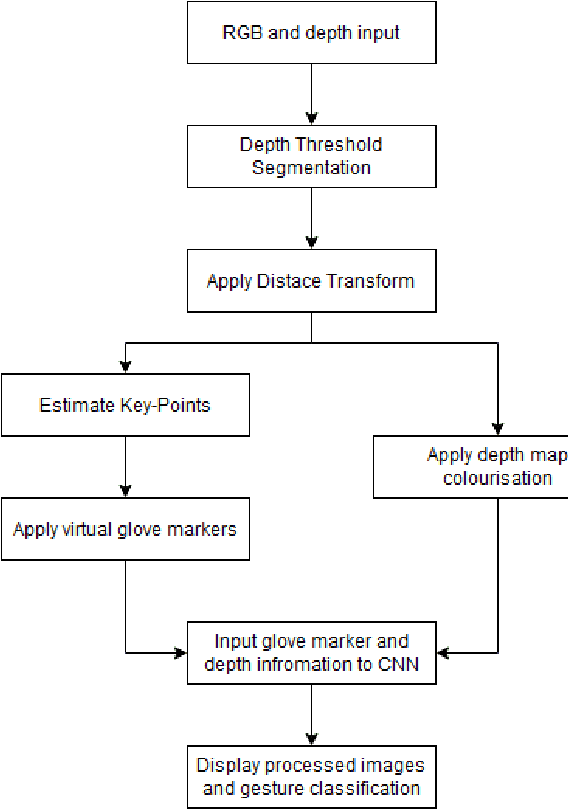

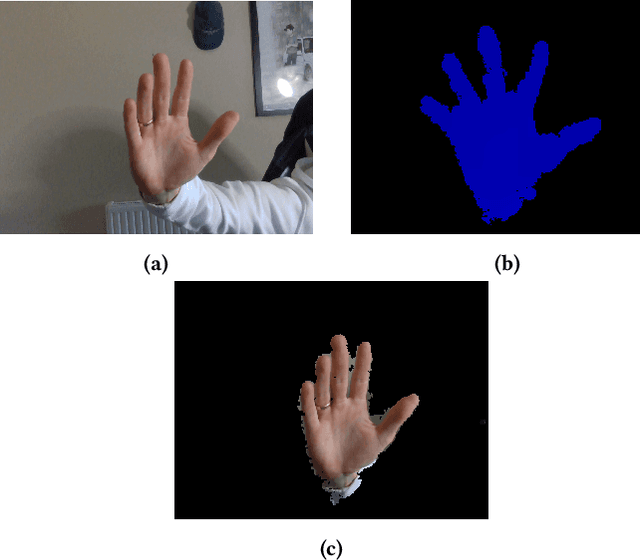

Abstract:Due to the universal non-verbal natural communication approach that allows for effective communication between humans, gesture recognition technology has been steadily developing over the previous few decades. Many different strategies have been presented in research articles based on gesture recognition to try to create an effective system to send non-verbal natural communication information to computers, using both physical sensors and computer vision. Hyper accurate real-time systems, on the other hand, have only recently began to occupy the study field, with each adopting a range of methodologies due to past limits such as usability, cost, speed, and accuracy. A real-time computer vision-based human-computer interaction tool for gesture recognition applications that acts as a natural user interface is proposed. Virtual glove markers on users hands will be created and used as input to a deep learning model for the real-time recognition of gestures. The results obtained show that the proposed system would be effective in real-time applications including social interaction through telepresence and rehabilitation.
 Add to Chrome
Add to Chrome Add to Firefox
Add to Firefox Add to Edge
Add to Edge